December 16, 2025
Eden vs. Reality: The True Story of Floreana’s Ecological Drama
Read the full ecological story of Floreana Island in the Galápagos from the early settlements to today.
Published on
December 17, 2024
Written by
Bren Ram
Photo credit
Bren Ram
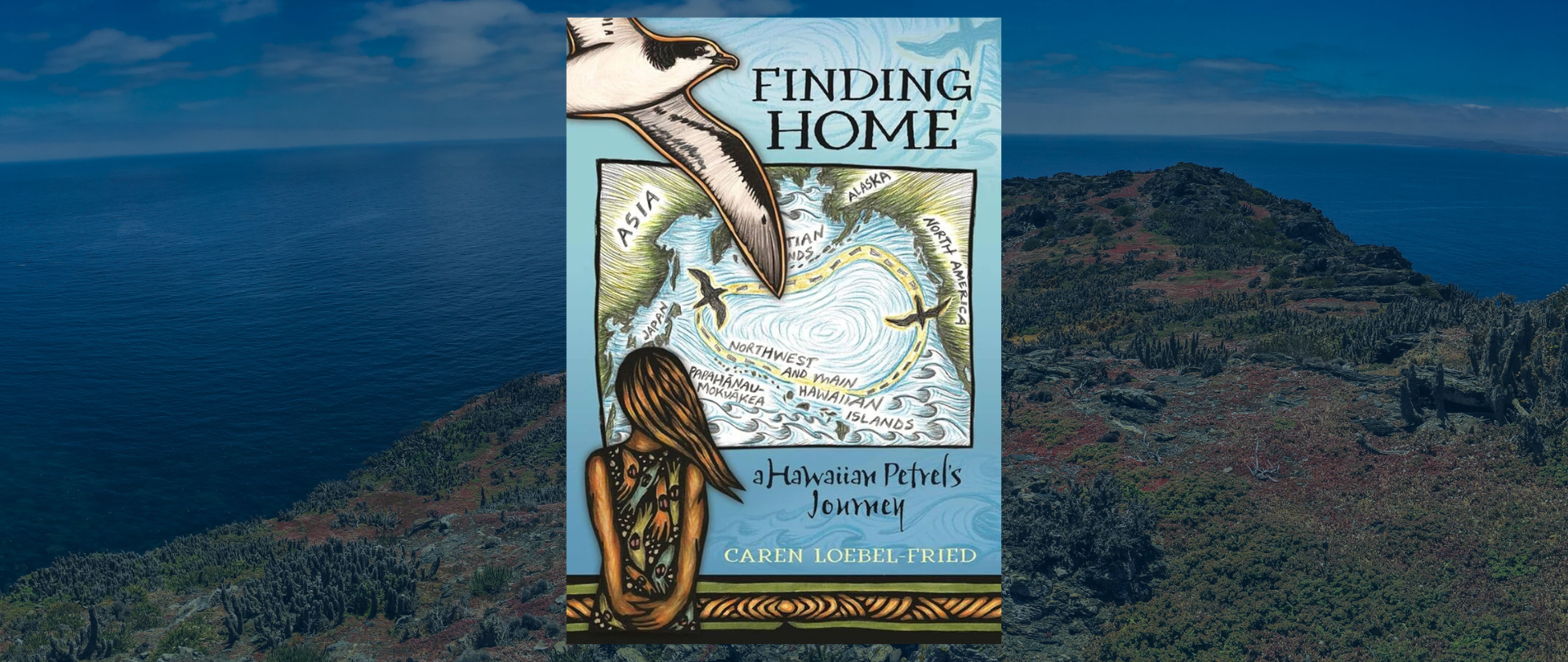
When I showed Finding Home: a Hawaiian Petrel’s Journey to my mother-in-law, a former second grade teacher, she was enraptured. We thumbed through the gorgeous pages together, marveling at the lush block-printed illustrations and the pencil sketches that accompanied the text. She kept it overnight and returned it to me the next morning stuffed full of sticky notes. “This is the part I liked best,” she said, pointing towards page 42. She’d marked a line where young protagonist Makani asks her friends, “Well, do things have to be useful for us to care about them?”
Telling environmental stories to children can be challenging. It’s already challenging to tell them to adults, but the special sensitivity required for talking to children makes walking the fine line between realism and hope uniquely difficult. Finding Home is, in this regard, a tightrope artist. Not only does it make it safely from points A to B—telling a real-life story about conservationists and the birds they work hard to save—but it adds in masterful summersaults and backflips, including science education, empathy for nonhuman animals, Hawai’ian language, and a rich appendix telling “the story behind the story” in a way that kids can enjoy and appreciate.
Appropriate for middle-grade readers, Finding Home is also a great read-aloud book for younger kids who are interested in birds and the environment. Author and illustrator Caren Loebel-Fried refuses to talk down to her audience, and challenges them not just with vocabulary but with ideas. We follow Makani, the eleven-year-old daughter of two conservationists, as she helps her parents and the other conservationists in her community save Hawaiian Petrels, or ‘ua’u, by caring for their chicks, treating their injuries, and protecting them from harm. Anxiously waiting for her favorite chick to grow up and venture out to sea, Makani also grows, challenging her own ways of thinking as she engages in place-based learning, guided by indigenous principles.
Loebel-Fried’s prose is as elegant and acrobatic as the ‘ua’u themselves. Veering away from a human-centered narrative, she often brings us to the perspective of a petrel, giving an intimate and exciting portrait of a bird laying an egg, fledging, feeding a chick, or taking its first flight. Makani’s story and the story of the petrels are intimately intertwined, and the sense that we humans live in an interconnected world pervades the book. Makani considers predator exclusion fences, invasive predators, telephone wires, and even roads as parts of a world she shares with birds—a perspective that can encourage a young reader to view the world around them differently, too.
Another of the book’s strengths is the wealth of resources at the end of the story—the “story behind the story.” Beginning with a short explanation of the Nihoku restoration project, the book then offers information about ‘ua’u and their habits, food, and breeding schedules, seabirds in Hawaiian culture, what to do if you find a fallen bird, a glossary of scientific terms and another of Hawai’ian words, and even a guide to block printing. It makes the book feel adult, like a resource that kids can return to again and again, making it a valuable addition to any bookshelf.
At Island Conservation, we know that the core of excellent environmental work is made of people who care—about species, about nature, and about the planet. Helping people tap into that ethic at a young age is essential as we envision a future for ourselves and our children. And where a lot of environmental stories can be hard to tell to kids, the tale of the Hawai’ian Petrel is one of hope. In this case, humans helped. And because of human intervention, the population of ‘ua’u is increasing. In telling this story, Finding Home is the kind of book that will, hopefully, inspire more such stories in the future.
The story of Finding Home mirrors the kinds of stories that come from our work here at Island Conservation, including science education, species relocation, and holistic restoration. Join our newsletter to get these stories delivered right to your inbox, and help us tell them by making a donation today!
Check out other journal entries we think you might be interested in.
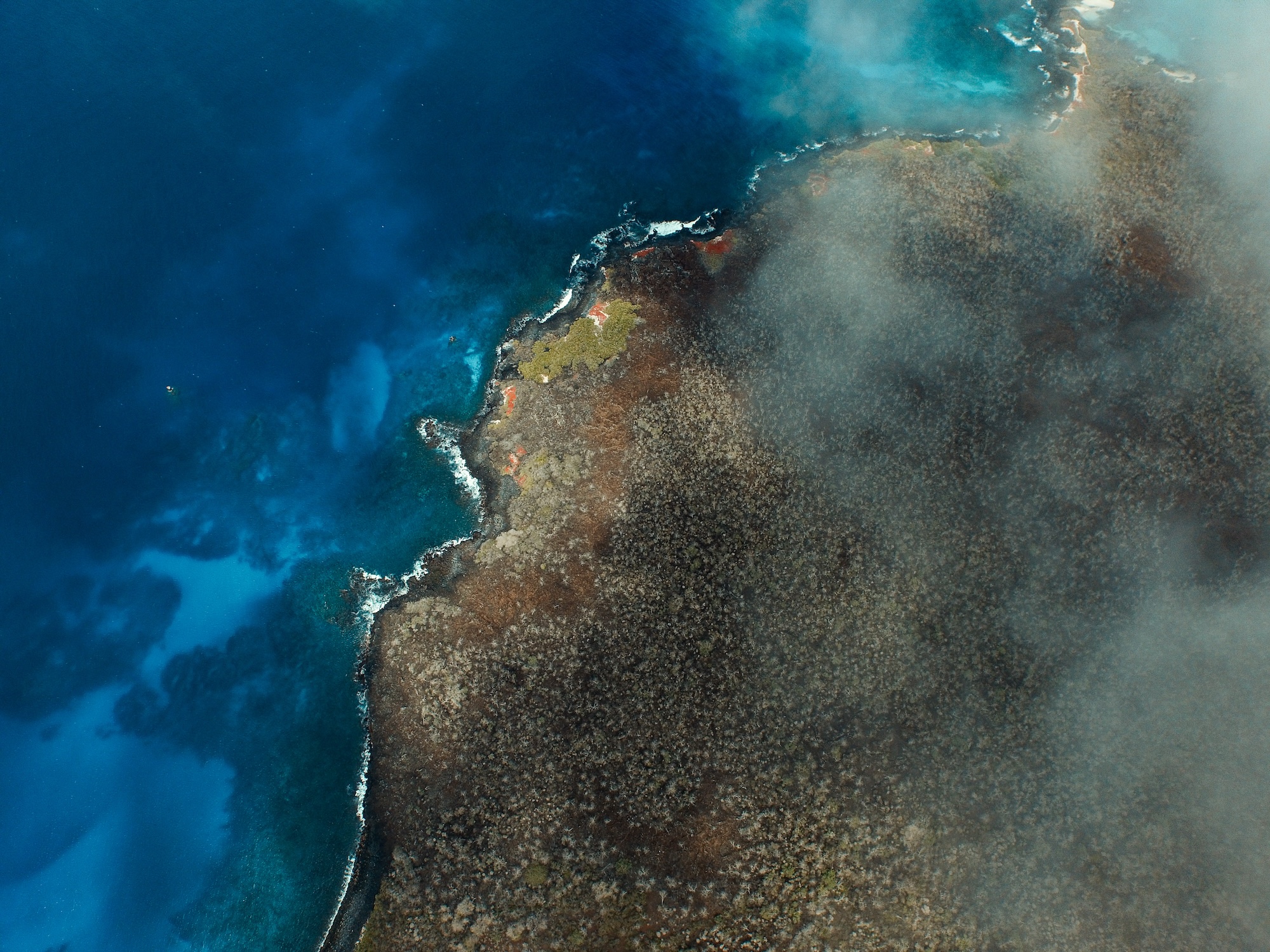
December 16, 2025
Read the full ecological story of Floreana Island in the Galápagos from the early settlements to today.
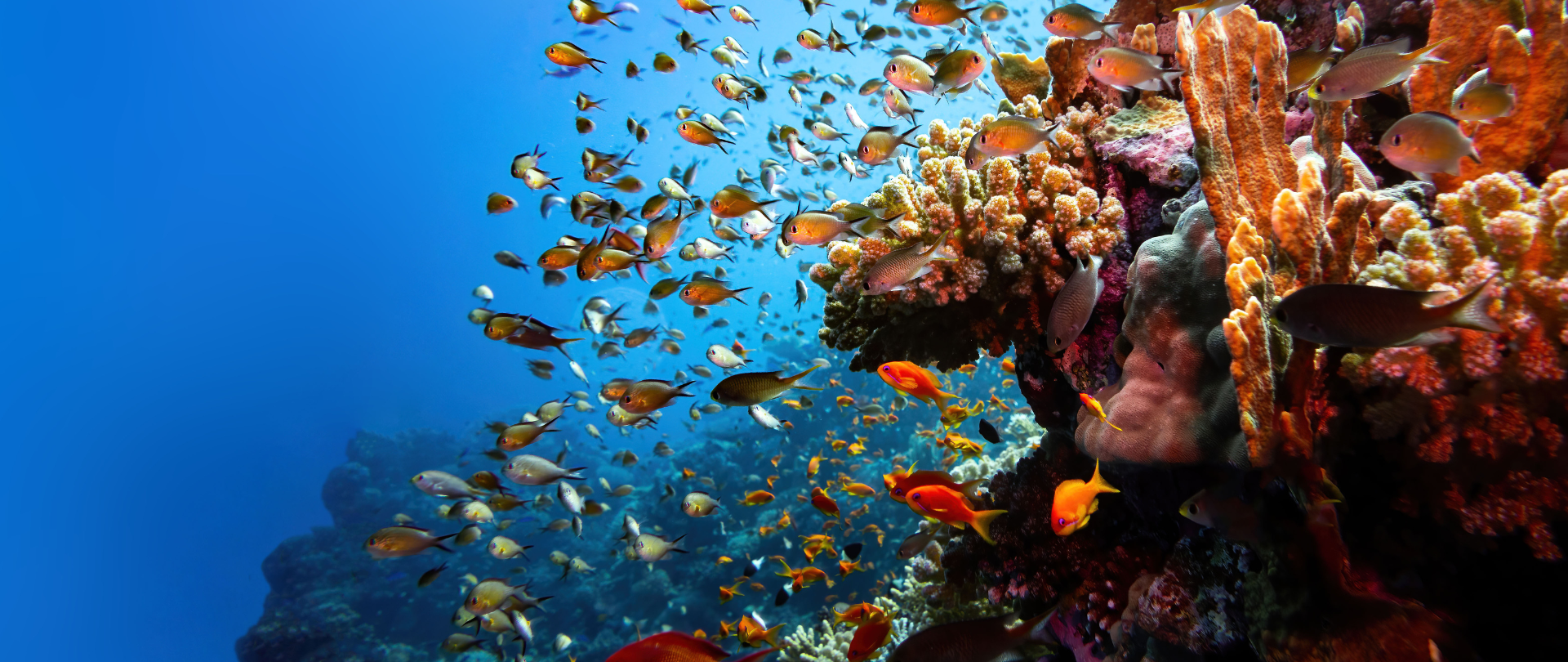
December 4, 2025
A new study reveals how seabirds, connector species between land and sea, play a huge role in the health of coral reefs!
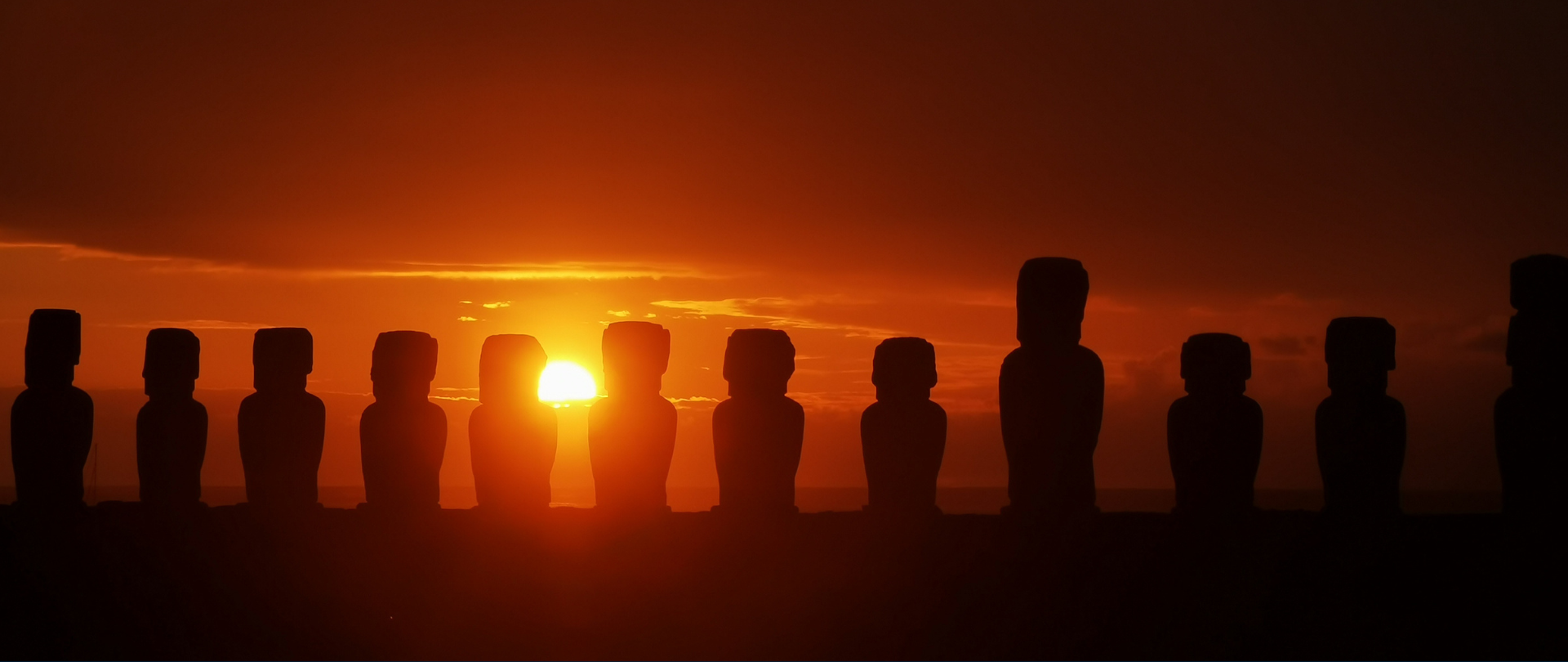
November 25, 2025
A new scientific paper is changing the way we understand Rapa Nui (Easter Island)'s ecological history!
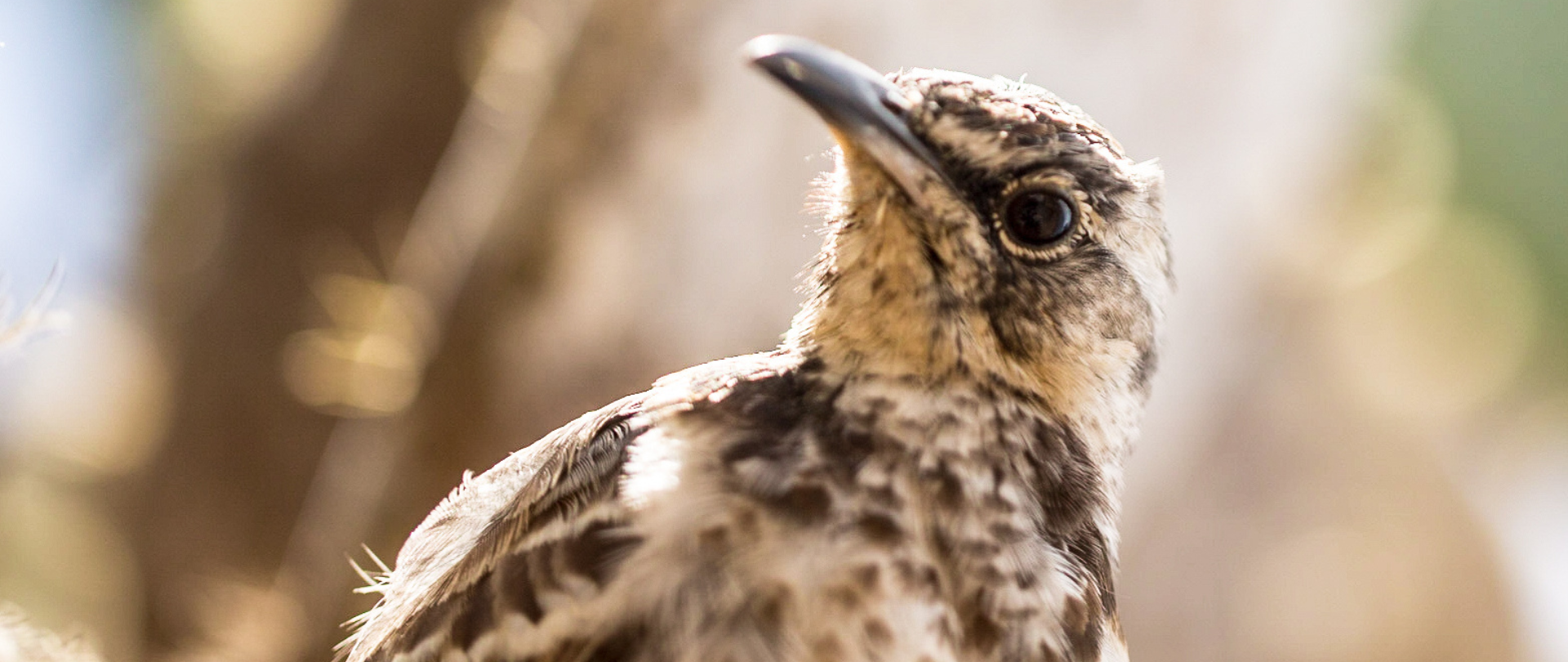
November 21, 2025
Holistic restoration is at work on Floreana Island, where the largest conservation project in the history of the Galápagos is underway!
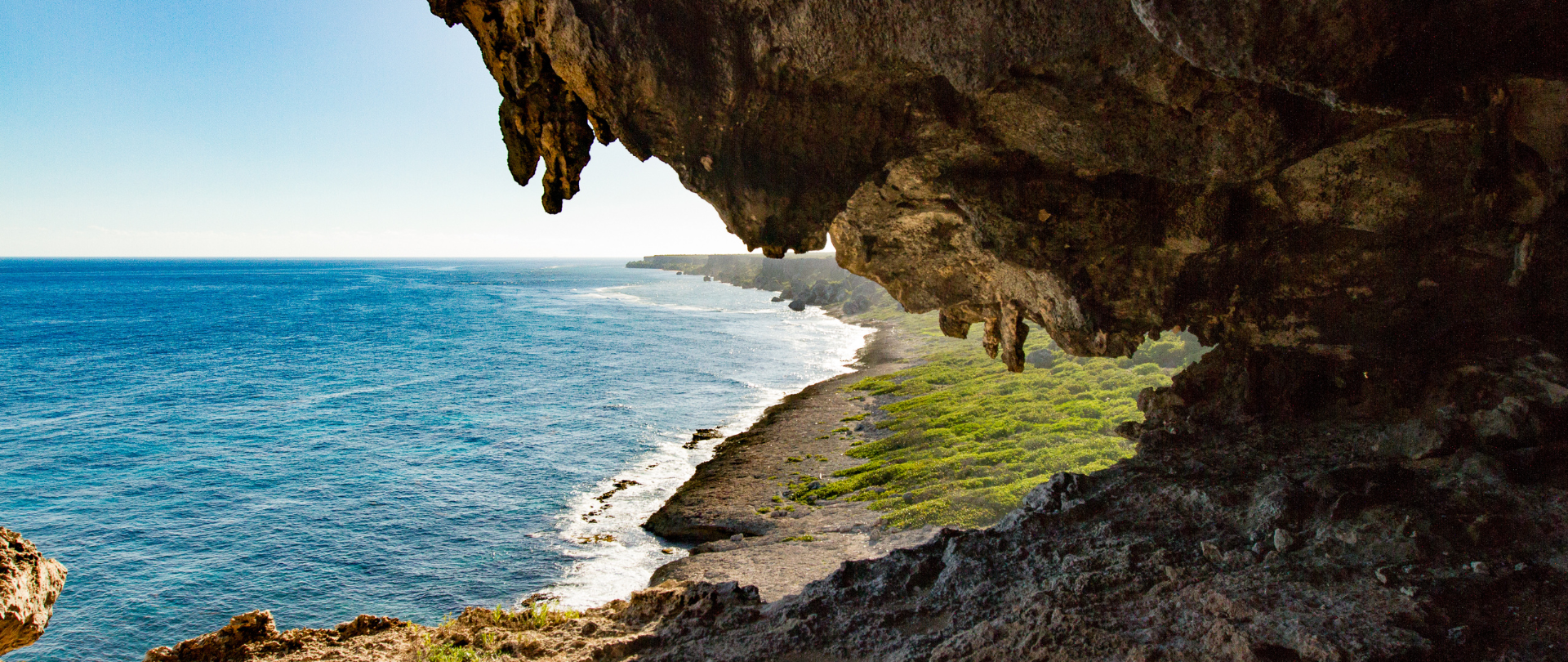
October 30, 2025
Our proposal for a United Nations-sanctioned Decade of Island Resilience spotlights the power of global small islands!
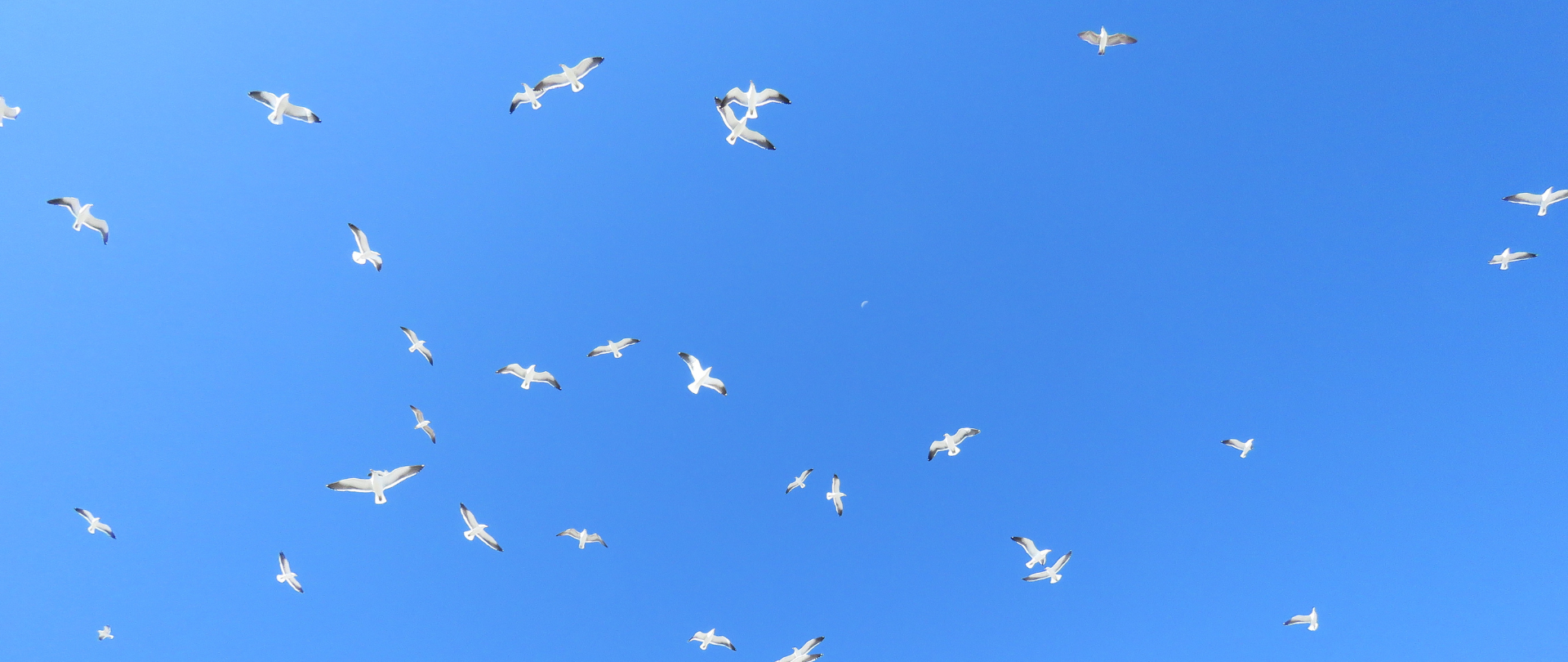
October 26, 2025
A new study shows the power of seabirds to drive entire ecosystems by circulating nutrients between land and sea!
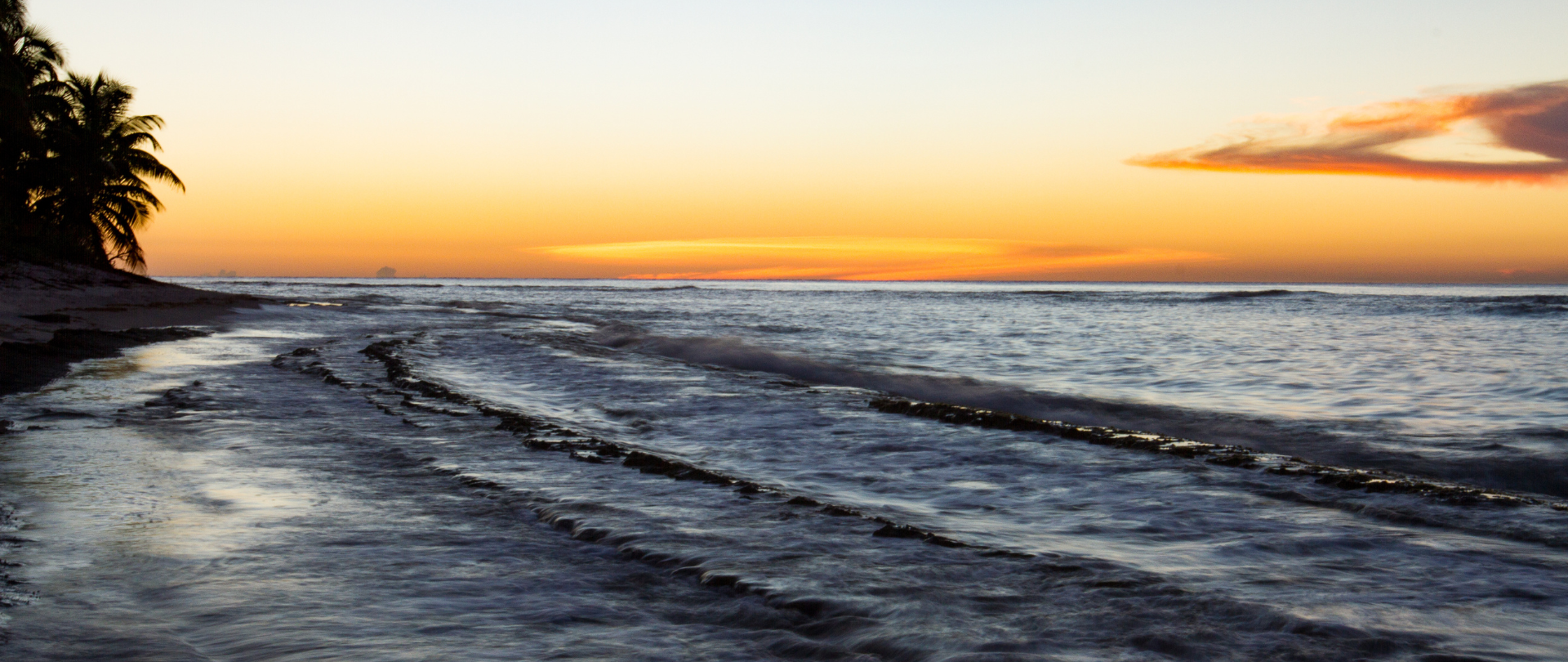
September 17, 2025
Ted Haffner takes his support for Island Conservation beyond his role on the Advisory Council, journeying to Puerto Rico to experience conservation firsthand!
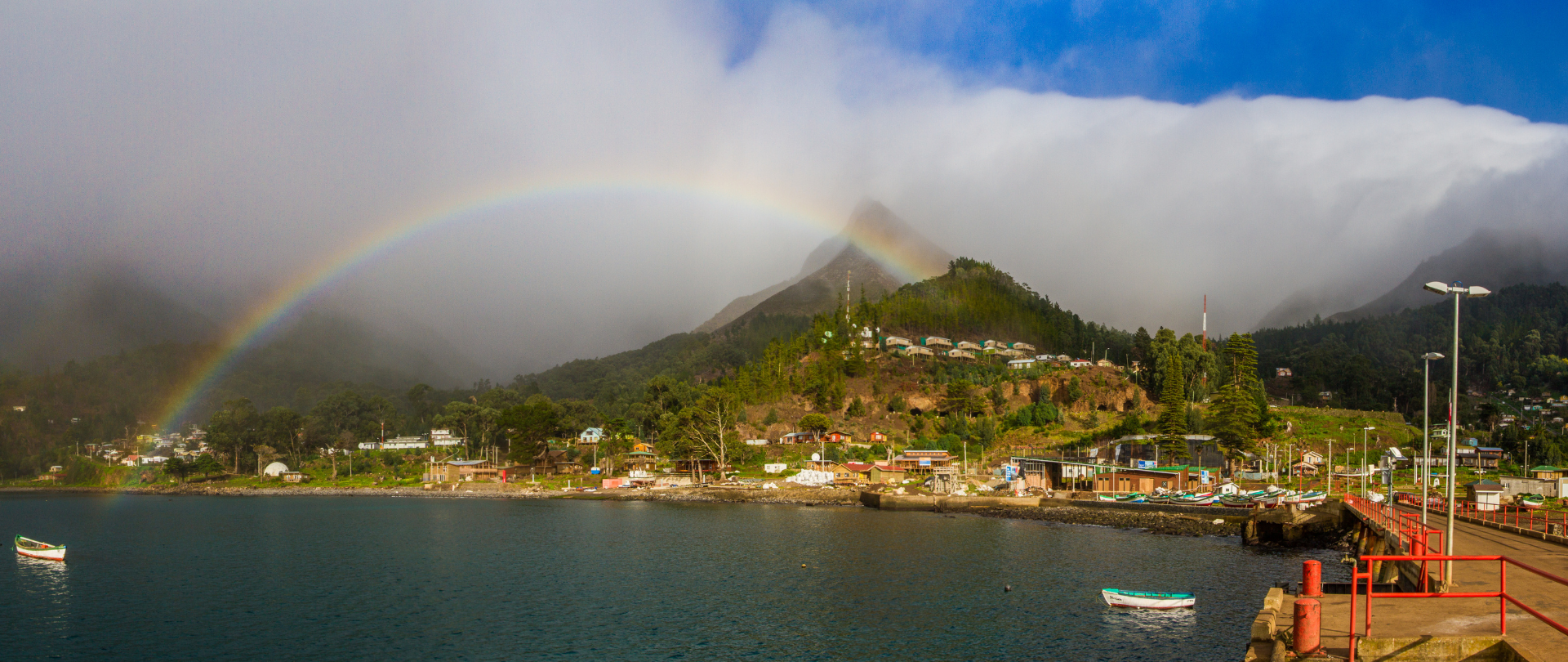
September 12, 2025
How can you make the maximum impact on the planet with your donation? Some conservation actions are most cost-effective than others!

August 28, 2025
A new paper reveals the benefits of holistic restoration on Australia's Lord Howe Island!
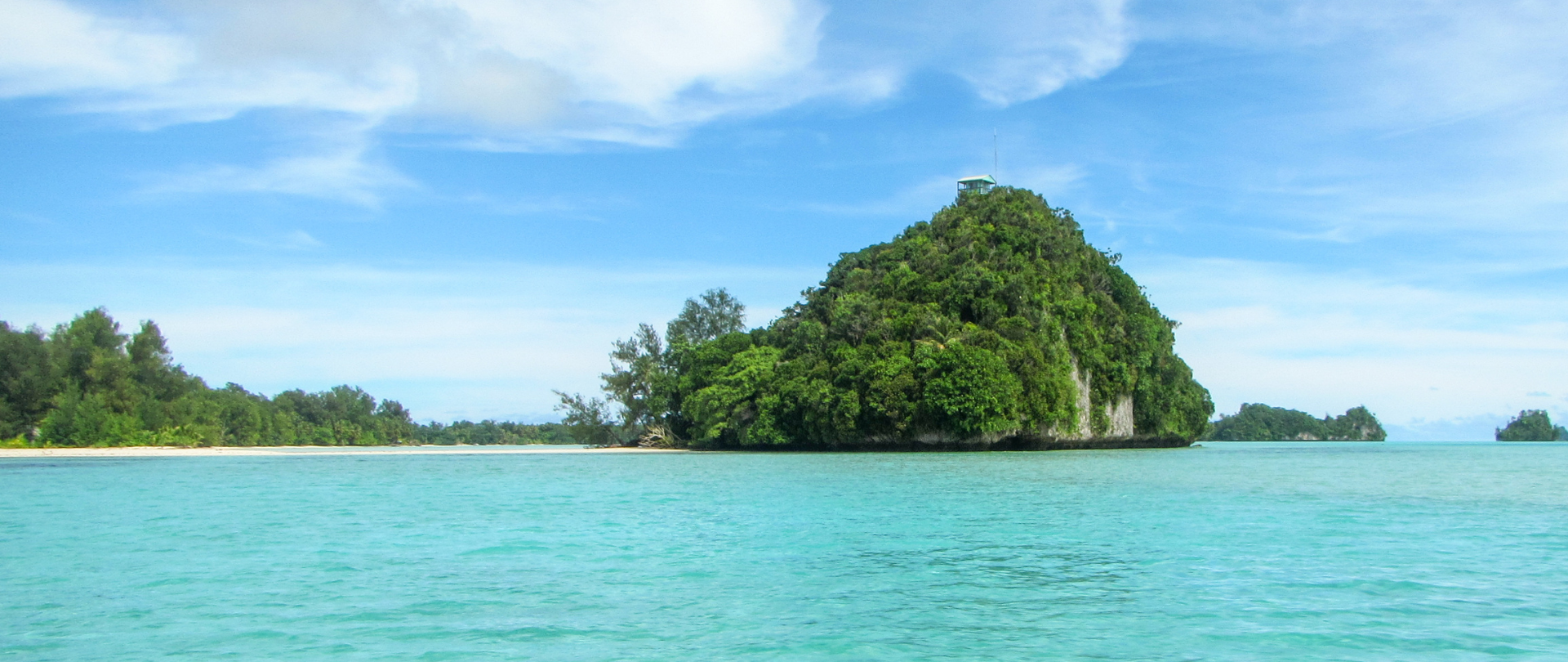
August 14, 2025
A new scientific paper reveals how seabird-derived nutrients can rebalance the relationship between turf algae and herbivorous fish, ultimately helping coral reefs thrive!